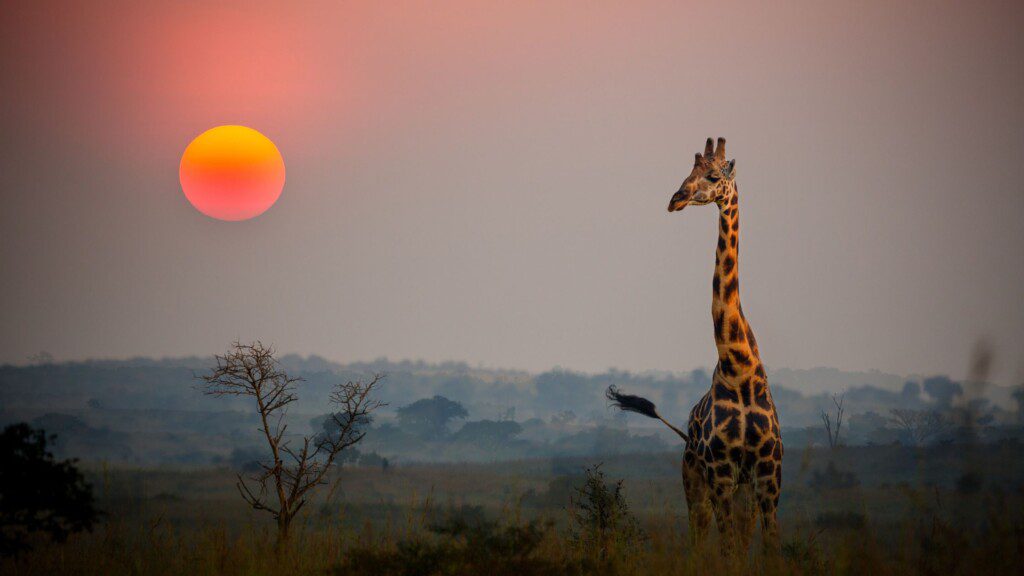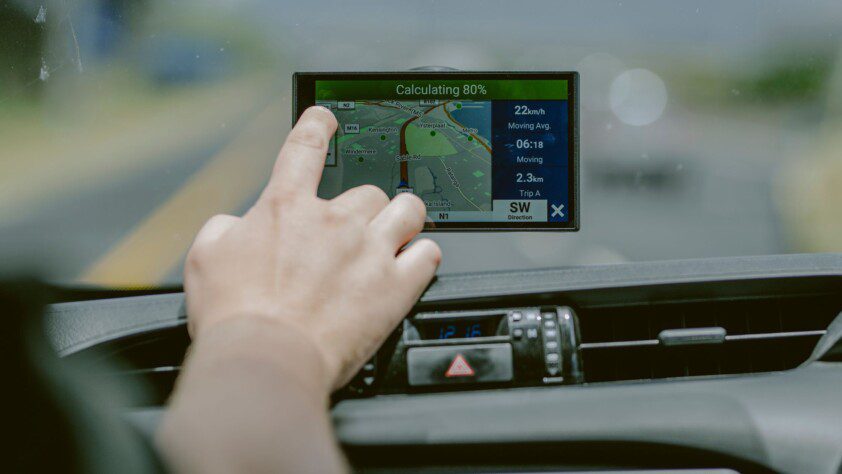
Self-Drive Namibia: When to Go?
Ready for a wild ride? A self drive Nambia safari is an epic adventure for all outdoor enthusiasts, from sprawling deserts to teeming wildlife, making any time a great time to explore. However, if you’re aiming to make the most of your journey and have a specific itinerary in mind, here’s a detailed guide on the best times to self-drive in Namibia.
JANUARY & FEBRUARY Average Daytime Temperature: About 33°C
Average Rainfall: About 85mm Per Month
Starting the year, Namibia is at the height of its “rainy” season. Expect bright mornings and potential localised thunderstorms in the afternoon, which usually clear up by evening. Although these thunderstorms are brief, they create dramatic backdrops perfect for photography. During this time, wildlife may disperse due to surface water availability, but you’ll still witness plenty in the lush, green Etosha National Park. A paradise for bird watchers, this time of the year is also an excellent escape from the Northern Hemisphere’s winter.
MARCH & APRIL Average Daytime Temperature: Around 27°C
Average Rainfall: About 50mm Per Month
As the rains recede, Namibia dresses up in green and flowers. As a result, the cooler weather is perfect for exploring without breaking a sweat.
The temperatures become more comfortable as the “wet” season starts to fade. During these months, Namibia blossoms with beauty as the desert embraces patches of green and vibrant flowers. It’s an ideal time to enjoy wildlife, birds, and stunning landscapes.
MAY & JUNE Average Daytime Temperature: Approximately 25°C
Average Rainfall: Roughly 4mm Per Month
May and June are often favourites among seasoned travellers. As the rainy season bids goodbye, the landscape remains fresh and thriving. Subsequently, waterholes become less frequent, gathering wildlife for hydration and creating a fantastic viewing opportunity.
JULY, AUGUST & SEPTEMBER Average Daytime Temperature: About 23°C
Average Rainfall: Barely 0-2mm Per Month
These months are prime time if you’re seeking unforgettable game-viewing experiences in Etosha National Park. The weather is generally perfect for safaris, although evenings may be slightly cooler, making it pleasant for evening drives.
OCTOBER Average Daytime Temperature: Around 29°C
Average Rainfall: Roughly 15mm Per Month
October marks the pinnacle of the dry season and one of the warmer months. Wildlife gathers around the few remaining permanent waterholes, making it an excellent time for game viewing.
NOVEMBER & DECEMBER Average Daytime Temperature: About 30-35°C
Average Rainfall: Around 30-35mm Per Month
As the year draws to a close, hot, dry days persist. However, occasional localised thunderstorms may bring much-needed rain. Witnessing the first rain of the season is a spectacle. Wildlife viewing remains exceptional in Etosha National Park, and bird watching is at its best.
A Self Drive Nambia Adventure
With BND Car Hire, your self drive Namibia adventure comes equipped with everything you need for comfort and thrill. Ready to hit Namibia’s roads and discover its seasonal charms? Get an online quote and book your vehicle.


